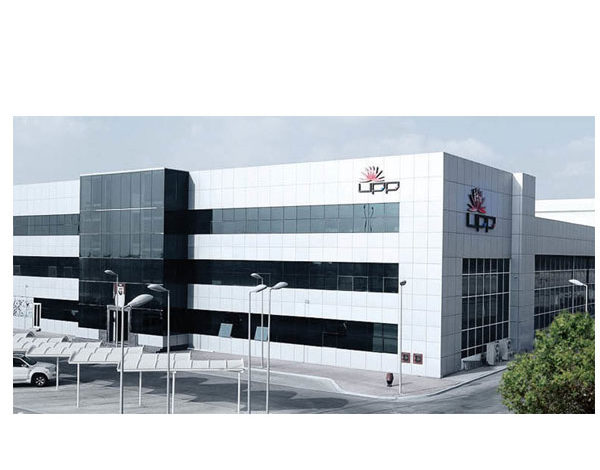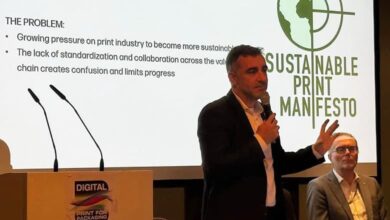All UPP Employees Received Covid-19 Vaccine

Ali Al-Nuaimi, Director General of the United Printing and Publishing Company confirmed that all 1211 employees of the company received “Covid-19” vaccine.

“All our employees received the Covid 19 vaccine. The success in getting all our employees vaccinated stems from our employee’s firm belief in supporting the state’s efforts to confront the epidemic, and social responsibility towards the homeland,” comments Nuaimi and adds, “We have seen the cooperation and willingness of our employees to do what’s necessary from following preventive measures to work under difficult circumstances ».
Al-Nuaimi also said that the employees of United Printing and Publishing participated in the third phase of the “Covid-19” virus vaccine trials, as a contribution to humanity. According to Nuaimi during the spread of the pandemic UPP’s employees, having full confidence in UAE’s health system, expressed their desire to be part of the experiments, believing in the importance of the social role they play.






145 Comments